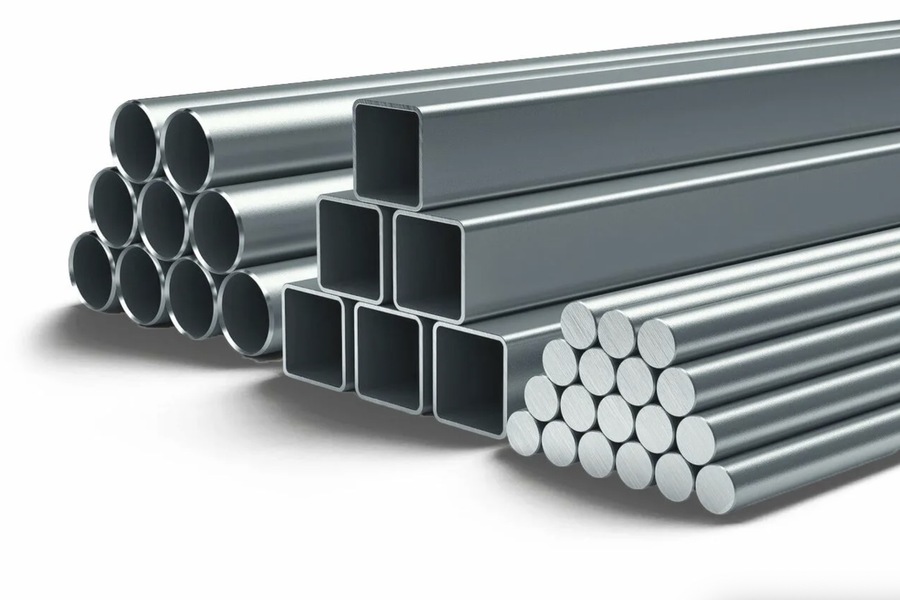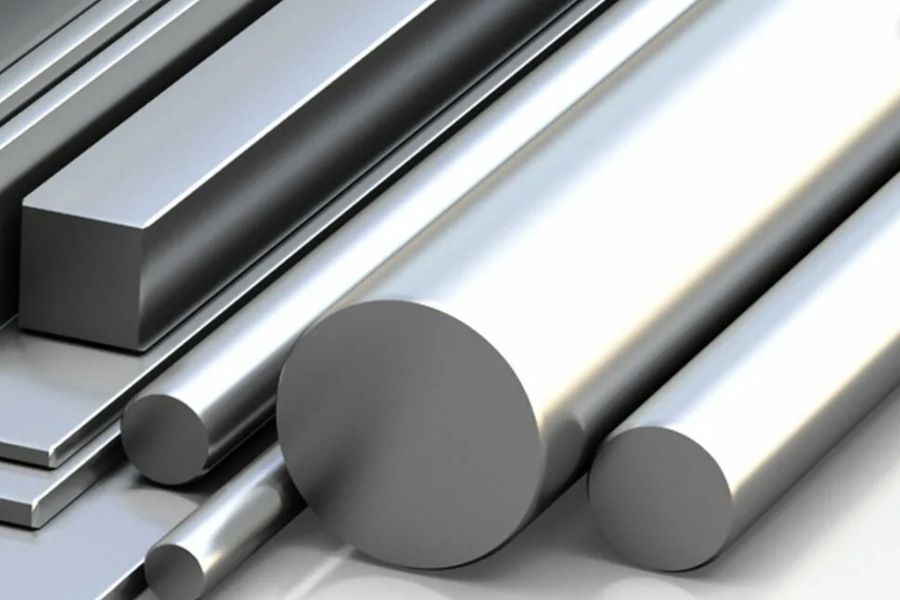Stainless steel, often referred to as corrosion-resistant steel, is an indispensable material in modern industry and daily life. Its unique combination of properties—corrosion resistance, durability, strength, and aesthetic appeal—makes it a preferred choice across a variety of applications. These remarkable characteristics stem from the inclusion of at least 12% chromium in its composition, which forms a self-healing chromium oxide layer on the surface. This passive layer not only protects the material from rust but also ensures its long-lasting performance in challenging environments, including exposure to chemicals, moisture, and extreme temperatures. Products like the stainless steel C channel exemplify its versatility, offering strength and corrosion resistance ideal for structural and industrial uses.
Beyond its functional advantages, stainless steel embodies innovation and versatility. From intricate architectural designs to heavy-duty industrial equipment, this alloy has revolutionized how we build, manufacture, and interact with our surroundings.
Unpacking the Characteristics of Stainless Steel
Corrosion Resistance
The most well-known feature of stainless steel is its ability to resist corrosion. This property is particularly vital in environments exposed to moisture, salt, or aggressive chemicals, such as marine, chemical processing, and medical settings. The chromium content reacts with oxygen to form a thin but durable oxide layer that acts as a protective barrier, preventing oxidation and rusting.
Longevity
One of the standout advantages of stainless steel is its durability. With proper care, stainless steel products, such as pipes, air ducts, or stainless steel C-channels, can maintain their functionality and appearance for up to 50 years. This longevity makes it an economically sound choice, as it minimizes the need for replacements and repairs over time.
Strength and Structural Integrity
Despite its relatively lightweight nature compared to other metals, stainless steel boasts impressive tensile strength and rigidity. This allows it to withstand significant stress and load-bearing applications, making it ideal for structural frameworks, bridges, and heavy machinery.
Aesthetic Appeal
Stainless steel’s sleek, polished surface exudes a modern and sophisticated aesthetic. Its timeless appearance enhances the visual appeal of products and structures, from high-end kitchen appliances to decorative architectural elements.
Hygienic Properties
The smooth, non-porous surface of stainless steel resists the accumulation of dirt, bacteria, and other microorganisms. This hygienic quality is critical in the food processing, pharmaceutical, and medical industries, where cleanliness and safety are paramount.
Environmental Sustainability
Stainless steel is 100% recyclable and often produced using a significant proportion of recycled material. Its long service life, coupled with its recyclability, contributes to its reputation as an environmentally friendly material.
The Invention of Stainless Steel
The story of stainless steel’s discovery is a tale of scientific curiosity and accidental brilliance. In the early 20th century, Harry Brearley, an English metallurgist, was experimenting with chromium-alloyed steel to improve firearm barrels. He noticed that one of his test alloys resisted rusting, even after prolonged exposure to moisture and air. This discovery marked the birth of stainless steel as we know it.
Around the same time, French scientist Lionel Gillette conducted similar experiments, producing alloys with corrosion-resistant properties. Together, these pioneering efforts laid the foundation for modern stainless steel, paving the way for its widespread adoption in various industries.

Expanding the Advantages of Stainless Steel
- Thermal Resistance
Stainless steel retains its strength and resists scaling at high temperatures, making it suitable for heat exchangers, industrial furnaces, and automotive exhaust systems.
- Low Maintenance
Once installed, stainless steel requires minimal upkeep. Regular cleaning is sufficient to maintain its appearance and functionality, as its chromium oxide layer naturally repairs itself.
- Adaptability
Stainless steel can be fabricated into a wide variety of forms, including sheets, bars, plates, and custom profiles like the stainless steel C-channel, which is widely used in construction and manufacturing.
- Resistance to Impact
In addition to its strength, stainless steel has high impact resistance. It can withstand physical shocks without cracking or deforming, ensuring reliability in demanding environments.
- Cost Efficiency
While the initial cost of stainless steel may be higher than other materials, its durability, low maintenance, and recyclability offer significant savings over the product’s lifetime.
Applications of Stainless Steel
The versatility of stainless steel is demonstrated by its wide-ranging applications across industries:
- Architecture and Construction
Stainless steel is a cornerstone of modern architecture. Its combination of strength, weather resistance, and aesthetic appeal makes it ideal for:
→Structural elements such as beams, columns, and C-channels.
→Decorative features like facades, cladding, and railings.
→Functional installations, including roofing, canopies, and elevator cabins.
- Food and Beverage Industry
In food processing and storage, stainless steel ensures hygiene and longevity. Applications include: →Commercial kitchen equipment, such as sinks, countertops, and ovens.
→Storage tanks and containers for liquids, grains, and perishable items.
→Food-safe piping for transporting liquids in breweries and dairies.
- Medical and Pharmaceutical Fields
The hygienic properties and biocompatibility of stainless steel make it indispensable for:
→Surgical instruments and implants.
→Sterilized containers and pharmaceutical processing equipment.
→Hospital infrastructure, such as bed frames and medical carts.
- Automotive and Aerospace Industries
Stainless steel’s strength, lightweight nature, and resistance to heat and corrosion have made it a critical material for:
→Exhaust systems, fuel tanks, and body frames in automobiles.
→Aircraft components exposed to extreme environmental conditions.
→Structural elements in space exploration vehicles.
- Chemical and Petrochemical Industries
Stainless steel is resistant to the corrosive effects of chemicals, making it essential for:
→Storage tanks and pipelines for hazardous materials.
→Heat exchangers and reaction vessels in chemical plants.
→Offshore oil and gas platforms.
- Everyday Household Products
Stainless steel is omnipresent in our daily lives. From cookware and cutlery to electronic appliances like refrigerators and washing machines, it is a hallmark of durability and style.

Types of Stainless Steel: A Closer Look
Stainless steel comes in a variety of grades, each suited to specific applications:
Austenitic Stainless Steel: Known for its corrosion resistance and non-magnetic properties, it is ideal for food processing, chemical tanks, and decorative applications.
Ferritic Stainless Steel: Magnetic and moderately resistant to corrosion, it is commonly used in automotive components and appliances.
Martensitic Stainless Steel: Offering high strength and hardness, it is perfect for tools, blades, and machinery.
Duplex Stainless Steel: A combination of austenitic and ferritic properties, this type excels in marine environments and heavy-duty applications.
Precipitation-Hardening Stainless Steel: Featuring exceptional strength, it is often used in aerospace components and precision instruments.
The Future of Stainless Steel
As industries continue to innovate, the demand for stainless steel is expected to grow. Emerging technologies, such as additive manufacturing (3D printing) and advanced alloying techniques, are expanding the potential applications of stainless steel. Moreover, its role in sustainable energy solutions, such as wind turbines and solar panel frames, underscores its importance in a greener future.
Conclusion
Stainless steel is more than just a metal; it is a testament to human ingenuity and innovation. Its remarkable properties—corrosion resistance, durability, aesthetic appeal, and sustainability—ensure its relevance across industries and applications. From the industrial robustness of stainless steel C-channels to the delicate precision of surgical instruments, this alloy has reshaped modern engineering, architecture, and daily life. As we advance toward a more sustainable and technologically driven future, stainless steel will remain a cornerstone of progress, symbolizing strength, reliability, and timeless elegance.

Hockey fan, mother of 2, band member, Mad Men fan and multidisciplinary designer. Working at the junction of simplicity and mathematics to create not just a logo, but a feeling. Nothing ventured, nothing gained.